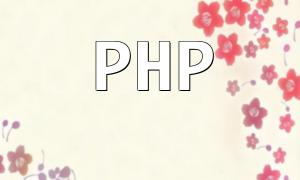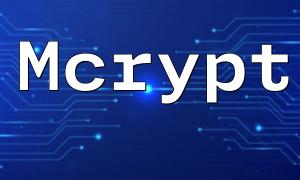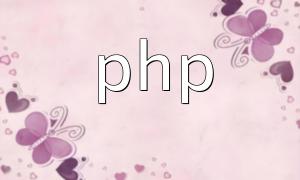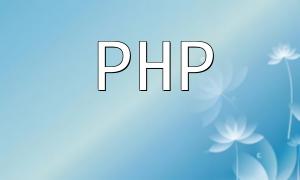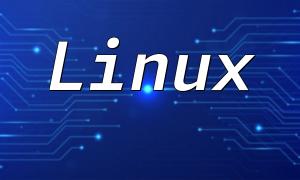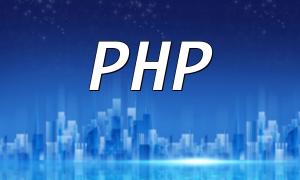When building a website, dedecms is a popular content management system that often requires some initial setup, including PHP port configuration. Correctly configuring PHP ports not only boosts your site's performance but also strengthens its security. This guide provides step-by-step instructions to help you avoid common errors and improve search engine friendliness.
PHP port configuration refers to setting up the communication ports required by the PHP runtime environment on the server. With proper configuration, dedecms can process requests more efficiently and securely.
Typically, PHP uses port 80 for HTTP requests and port 443 for HTTPS. Here are some common configuration examples:
First, locate the configuration file of dedecms, usually found in the root directory named config.inc.php. Open this file and look for port-related settings.
Inside config.inc.php, you can add or adjust the following code to set your PHP port:
After applying the changes, visit your dedecms website to see if it works properly. If an error occurs, double-check the port settings in your configuration file.
While configuring PHP ports for dedecms, you may encounter some common issues such as:
Make sure the required ports are open on your server and are not being used by other applications.
Check your server’s firewall settings to ensure it allows communication through the specified PHP ports.
By following the steps above, you can properly configure PHP ports for dedecms, enhancing both your site's performance and its security. A well-optimized port setup ensures smooth user access and can also help improve your SEO rankings. For further technical assistance, refer to official documentation or contact your hosting provider's support team.


